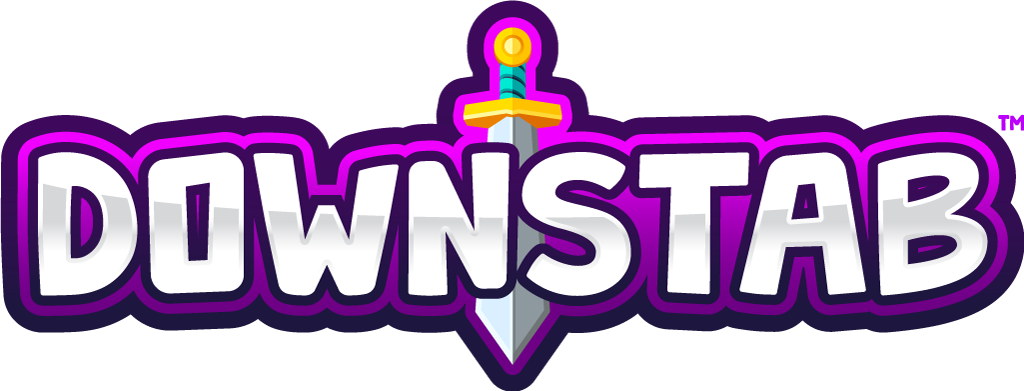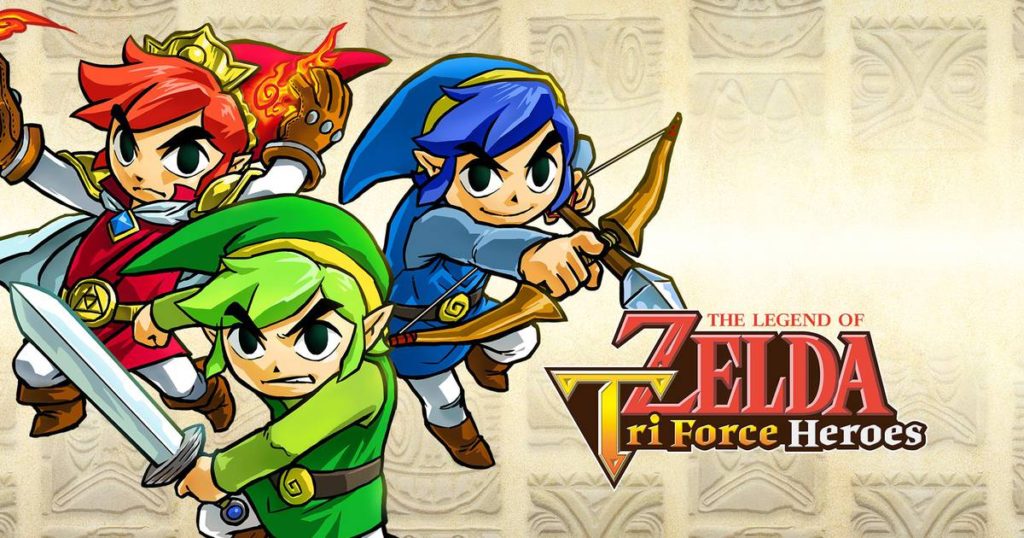Nearly a year ago, when Nintendo released the Zelda-offshoot Tri Force Heroes the inevitable comparison between it and the Gamecube’s Four Swords Adventure came in full force. And with good reason: the two games share many commonalities including multiplayer, teamwork to complete puzzles, different colored Links, and so forth. While Four Swords remains in many a gamer’s hearts thanks to its cheery attitude and shakeup to the standard Zelda formula, Tri Force Heroes hasn’t seemed to reach that echelon. At least not yet…
Tri Force Heroes has a lot going for it. First and foremost it plays and feels like a Zelda game. You run around the world as a tiny elf boy, occasionally shooting arrows or throwing bombs while trying to solve ever-increasing puzzles. The framework is solid, built upon the numerous previous games in the series and refined through decades of gameplay. Visually the game looks like a Zelda game too, featuring colorful worlds, fantastic enemies and locales, and that magical charm the series has been come to be known for. Heck, even the music rings familiar to Zelda fans, with some songs hidden in the game actually hailing from past games in the entire franchise.
So why don’t I really like this game?
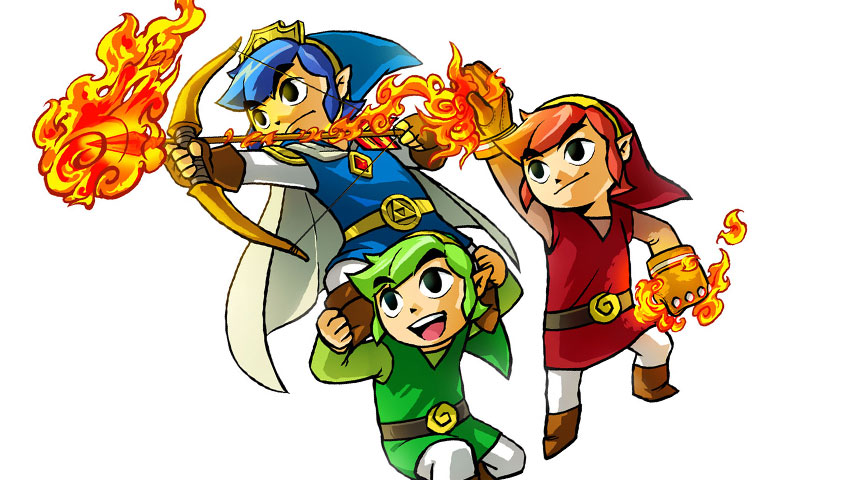
I think that has a lot to do with the execution of the game itself. Mind you, I’ve only played this with two friends, meaning I’m pretty much getting what many (if not all) reviewers would call the best experience with this game. After you get your party and select a mission, you’re thrown into four zones which you have to work together to find the exit. Usually this pertains to slaying some enemies, encountering a puzzle which requires you to utilize the new weapons you’ve acquired, and then it all culminates in a boss battle. Systematically it makes sense: you learn the world, learn the weapons, get tested for a bit, then have to use all your gained skills to overcome a difficult foe. But that doesn’t help the game from feeling stale real fast.
After the first duo of dungeons, I felt like I was already seeing repeats in designs. Since there are three Links at all times, many puzzles require one Link to stand atop the shoulders of another. There are also puzzles where all three have to ride on each other, sometimes requiring the top Link to have a specific weapon equipped, like the Bow, in order to hit a target to progress. It’s fun at first, but seeing the solution right in front of you in the form of some 3D environmental challenge as opposed to a real head-scratcher of a puzzle makes me yearn for something more. Many challenges, and even some bosses, have just been rehases of standing on top of one another to reach a goal, or using one Link’s hookshot to move to a new platform while the other’s kind of chill. Looking back to Four Swords, it’s hard not to remember the chaos that ensued from puzzles that didn’t necessarily have to be completed together.
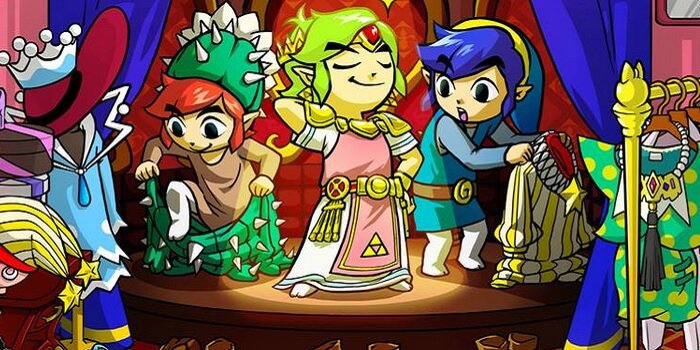
To me, this is where Tri Force Heroes falls short. It requires you to work together to get stuff done. It might sound silly at first, saying that working together is a flaw, but in this instance it kind of is. The Legend of Zelda games rarely have multiplayer, let alone entire games dedicated to them, so having one which doesn’t give anything more than a passing challenge makes the overall experience dull. To beat a dead Epona, look at Four Swords: messing around with your friends and screwing one another over while trying to cross a water zone was half of the fun. Take that away and replace it with shared heart pools and you’ve suddenly found yourself in a very different multiplayer Zelda game.
Still though, there are some aspects of Tri Force Heroes I certainly do find commendable, not the least of which being the costumes our hero can wear. Undoubtedly the most fun I’ve had with the game was finding the materials to create a new, power-enhancing outfit. Seeing your hardwork pay off and watching Link throw a huge bomb while your Link-brother only have measly tiny bombs is satisfying. There are over a dozen outfits I dont’ even have a single material for, so I know a lot of gaming is in my future if I want to wear them all.
Speaking of which, another highlight for the Tri Force Heroes camp is replayability. If there’s something I thought Four Swords didn’t handle too well it’s the replay factor: much like standard Zelda games, you kind of play it once (maybe twice) and you’re done with it. Tri Force Heroes gets past this by giving each level and each zone specific challenges in order to complete on repeated playthroughs. These range from simple challenges like having fewer hearts, to damn near impossible ones like never falling into the lava. But the rewards for these sections are grand, giving you rare materials you otherwise would have to find later in-game, or buy for a hefty amount of rupees in the town.
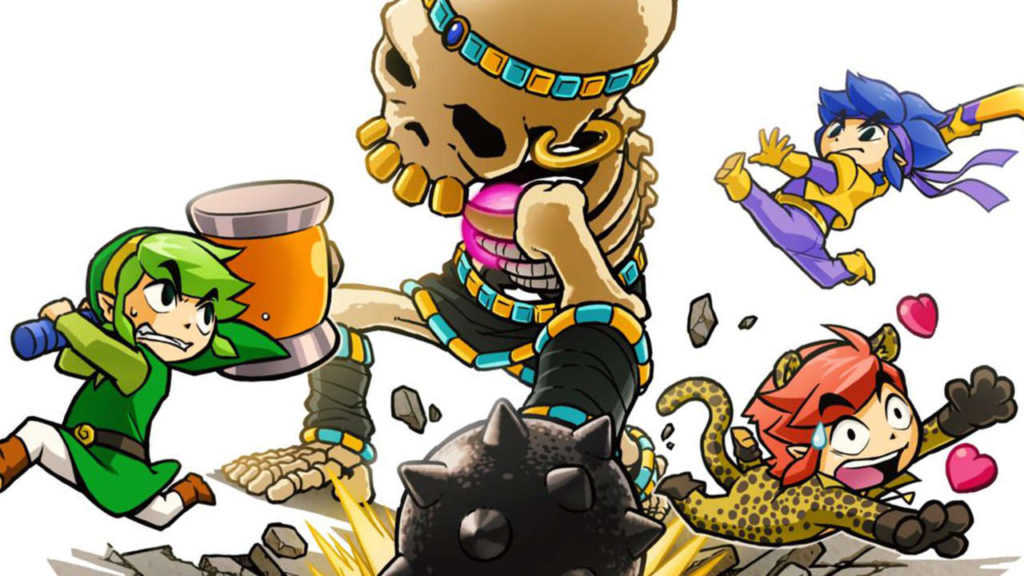
Despite all of this, I don’t think it’s enough to pull Tri Force Heroes out of the depths of the lower-tier Zelda games. That being said, I’ll continue playing it, because it is still a fun multiplayer game that my friends and I can play. Also, and much like Four Swords, since the requirements are a bit more steep to play this game than with standard games in the series, I feel elitist saying I can actually play the game at all!
Fantastic ideas are here, but the reliance on teamwork and a lack of chaos takes away from this game’s fun factor. I don’t even care that it’s only three players and not four! If the gameplay was more dynamic, and the puzzles weren’t so reliant on the totem system (or players being kind of simple minded) then we’d have seen the start of a hopeful new spinoff franchise. Instead we have a game that just showed us how much fun a multiplayer Zelda could have been.
Laters,
Jsick
